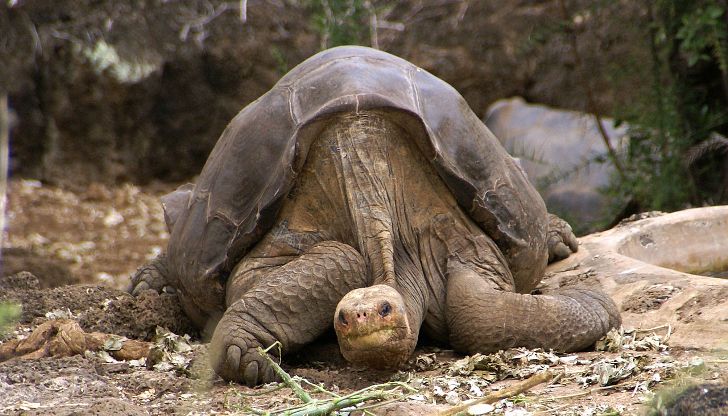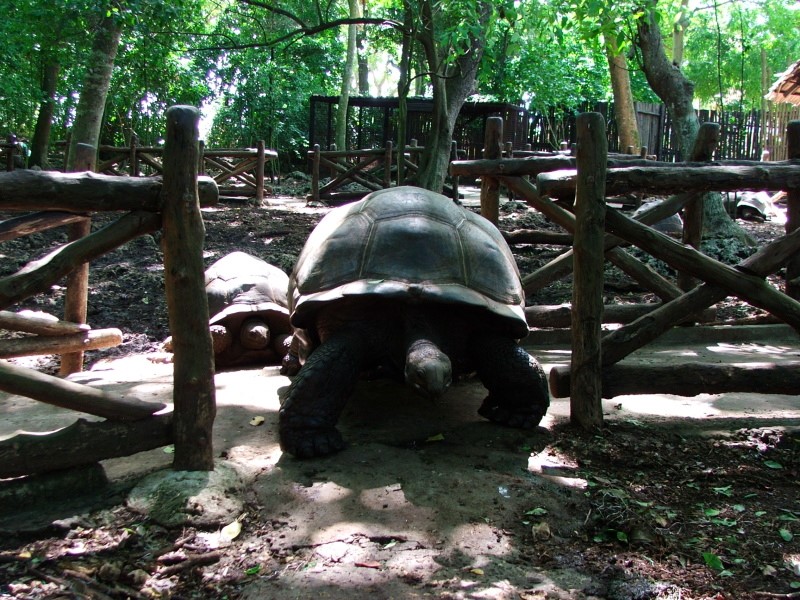By Timothy Sibasi, Feature Writer based in Kampala, Uganda
Uganda is recognized as the Pearl of Africa, due to its uniqueness in terms of riches and diverse culture. For those who have not visited this part of the world will keep on wondering why it continues to attract visitors to Kampala, Uganda's capital.
But for those who have been to Kampala, what they can't miss mentioning is Kisingiri House along the Royal Mile stretch at Mengo, where the world's oldest tortoises are living.

The Kisingiri House under Buganda Kingdom, one of Uganda's oldest traditional establishments, has been recognized by UNESCO on account of of the two oldest tortoises of 300 years old living here. Initially they were three tortoises but one of them passed away in 2015. Yet, one might wonder how they arrived and managed to live for so long.
The three tortoises were given to Stanley Kitaka, one of the sons of a ruler in Buganda Kingdom in 1945 by his friends in Seychelles while he returned home from political exile on the Seychelles Island.
At the time, the tortoise were over 200 years old and have become a source of awe to those who visit the late Kasigiri's home located on the Kabaka Njagala road that joins the King's Palace "Kabaka" and the Kingdom's Parliament at Bulange in Kampala.
Death of Brian, a giant tortoise, on February 7, 2005
Brian, the giant tortoise and a native of Seychelles, died on February 7, 2005. "We treat them like pets and when we call them, they respond. It was a sad moment to lose one of them," said Pastor Grace Kitaka, a descendant of Kisingiri.
According to Pastor Kitaka, "it took about 100 men to bury the bulky reptile that was estimated to weigh about one ton."
A postmortem report into Brian's death from the school of Vetenary Medicine of Makerere University revealed that Briant, a male tortoise, suffered injuries on its shell after it was cut by a flying iron sheet.
Pastor Kitaka says that they treated Brian for four months but in vain. Apparently the remaining survivors of the giant reptiles at 300 years are Cissy and Ronnie.

Ronnie in front and Cissy moving outside the gazzeted area for them to sun bathe. (Photo by Timothy Sibasi)
Cissy and Ronnie are herbivores. They feed on grass, weeds, leafy greens, flowers and some fruits. Dr. Allan Mugisha, a retired Vet said "too much protein is detrimental in herbivorous species and has been associated with shell deformities and other medical problems."
As different tortoise species vary greatly in their nutritional requirements, it is essential to research the dietary needs of individual tortoises.
But traditionalists here think that Cissy and Ronnie are symbols of witchcraft and often keep on giving them biscuits and beef to appease divine powers.
Cissy and Ronnie, unique giant tortoises
Cissy and Ronnie, the remaining giants, are shielded from predators by a shell. The top part of the shell is the carapace, the underside is the plastron, and the two are connected by the bridge.
The carapace is fused to both the vertebrae and ribcage and this makes Cissy and Ronnie the giant tortoises unique among vertebrates in that the pectoral and pelvic girdles are inside the ribcage rather than outside.
Cissy and Ronnie are reclusive animals. Past research pointed to a fact that Galapogos tortoises were noted to live over 150 years and the Aldabra giant tortoises respectively at 255 years, however, Cissy and Ronnie the giant tortoises living in Uganda at 300 years seems to have broken the record.
General information on tortoises
With a single exception, all tortoises are well-developed. They share unique columnar or elephantine hind limbs. All tortoises are terrestrial. They live in diverse habitats, including deserts, arid grasslands, and scrub to wet evergreen forests and from sea level to mountainsides. Most species, however occupy semiarid habitats.
(The opinions expressed here do not necessarily reflect the opinions of Panview or CCTV.com. )

Panview offers a new window of understanding the world as well as China through the views, opinions, and analysis of experts. We also welcome outside submissions, so feel free to send in your own editorials to "globalopinion@vip.cntv.cn" for consideration.
















